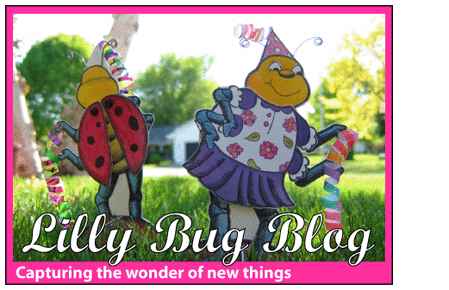I wanted to try to give you a glimpse into how I make my Artful Pens.
So here goes.
The photo above shows 4 of my pens at different stages of it's "life." Pen "A" is the pen before it is embellished, when it is "born." Pen "B" is what the pen looks like after I add the first round of Apoxie Sculpt. During this phase, I want to make sure the pen clip is completely hidden from view. This also gives me a better foundation to build my designs off of. You may notice that I also attached something to the top of the pen cap. This is my little ladybug, which is my "mascot"/theme for my business and my line of work. Within the ladybug I inscribe my initials "CL." Pen "C" is at the stage when I attach my design to the pen itself. And Pen "D" is when my design is coated with a layer of gesso just before painting.
The first photo shows a pen with balls of Apoxie Sculpt. I measure out equal parts of part A and part B of Apoxie Sculpt and then mix both parts together for at least two minutes to ensure that it is mixed thouroughly. If it is not mixed thouroughly, it won't cure/harden properly, not fun. The second photo shows my pen along with a few original pieces made from polymer clay. These "originals" will be used to make silicone molds.
The two photos above show how I prepare my pieces to be made into molds. I use either clear pieces plastic or thin pieces of cardboard that I save from packaging. There's nothing more exciting than to have a package that can be used to help you out with your projects. I prefer using the plastic since you can see through it. Anyway, I get my plastic and cardboard stash and find sizes that will work well for each piece. Then I grab the good ol' glue gun and add a dollop of glue to my piece and carefully position it on the plastic backing.
Using the backing helps to achieve an "even" edge to the mold. And when I say "even" I use the term very loosely. The photo above shows a few pieces all ready to be molded with silicone.
Stay tuned to my next blog post when I show how I make the molds from silicone.










2 comments:
Very interesting!!!
Thank you, Mike! :-)
Post a Comment